
Homicide: Life on the Street (1993)
Genres - Drama, Crime, Mystery, Thriller |
Sub-Genres - Cop Show [TV], Detective Show [TV], Police Drama, Prime-Time Drama [TV], Procedural Show [TV] |
Run Time - 60 min. |
Countries - United States |
Share on
Synopsis by Rovi
This terse, realistic hour-long crime series was based on Homicide: A Year on the Killing Streets, by reporter David Simon. Like many of executive producer Barry Levinson's movie projects, the series was set (and largely filmed) in Baltimore. The action centered around the homicide division of an inner-city Baltimore police station, with a large and fluid cast passing through the precinct's door during the series' seven seasons on the air. Originally, there were four main detective teams: avuncular veteran detective Stanley "The Big Man" Bolander (Ned Beatty) and his snide, conspiracy theory-spouting partner, John Munch (Richard Belzer); know-it-all Beau Felton (Daniel Baldwin) and up-and-coming female detective (and later sergeant) Kay Howard (Melissa Leo); eternally grousing Meldrick Lewis (Clark Johnson) and lackadaisical Steve Crossetti (Jon Polito); and bombastic "lone ranger" Frank Pembelton (Andre Braugher) and his rookie partner, Tim Bayliss (Kyle Secor), who joined the department in the first episode and quit it on the series finale. In charge of this dedicated but somewhat raffish bunch was hard-driving, hard-driven Lt. Al Giardello (Yaphet Kotto). Of the above-mentioned characters, only Munch, Lewis, Bayliss, and Giardello survived the entire series' run. The first to defect was Crossetti, who went off the deep end after his former partner Thormann (Lee Tergesen) was blinded in a shoot-out, mysteriously dropped out of sight, and later turned up dead. Later, Felton, Bolander, and Howard were seriously injured in a shoot-out, after which the two of the three were suspended without pay because of their negative behavior at a police convention. Bolander never returned; Felton vanished and later died, reportedly by his own hand; and Howard stuck it out only for a year or so after Felton's disappearance. Finally, a disenchanted, burned-out Pembleton retired one year short of the final season.
Beginning with the series' third season, Isabella Hofmann joined the cast as Lt. Megan Russert, the abrasive skipper of homicide's night shift; Russert would be promoted to captain, then demoted; she ultimately left Baltimore, and the United States, to find romance and happiness in Paris. In season four, flippant former arson detective Mike Kellerman (Reed Diamond) joined the squad; he would depart after his questionable involvement in the death of vicious drug kingpin Luther Mahoney, whose killing led to a bloodbath at headquarters. That same season found videographer J.H. Brodie (Max Perlich) becoming a homicider full-time. Introduced during the sixth season was Chief Medical Examiner Julianna Cox (Michelle Forbes), who made no secret of her contempt for homicide's procedural methods; and at the end of season six, Detective Paul Falsone (Jon Seda) joined the team, following his investigation of Felton's mysterious demise. Other later editions included former beat cop and Vietnam vet Detective Stuart Gharty (Peter Gerety), who along with Bayliss incurred serious wounds in the aforementioned "revenge" shoot-out vis-à-vis Luther Mahoney; Det. Laura Ballard (Callie Thorne), formerly of the Seattle PD; Det. Terri Stivers (Toni Lewis), one of several recurring characters to graduate to "regular"; Det. Rene Sheppard (Michael Michele), a onetime beauty queen; and Giardello's son, FBI agent Mike Giardello (Giancarlo Esposito).
Although the series' plotlines were not as a rule serialized, several story arcs ran over a period of many weeks, among them the investigation into the murder of an 11-year-old girl; Kellerman's neurotic reaction to an investigation of corruption in the arson squad; and the efforts by Munch and Lewis to run their own after-hours bar. And, of course, ample time was given over to the occasional romances that developed among the male and female members of the squad. Additionally, several episodes were "crossovers," concluding stories that had begun on another popular crime series, Law & Order. Making its first NBC appearance just after the telecast of 1993 Super Bowl, Homicide: Life on the Street took a little time getting started (season one ran a skimpy nine episodes, season two a skimpier four), but it hit its stride with the 1994-1995 season, remaining on the air until 1999, with a special "coda" one year later that tied up loose plot ends.
Characteristics
Moods
Themes
Keywords
homicide-detective, law-enforcement, police-detective
Attributes
High Artistic Quality

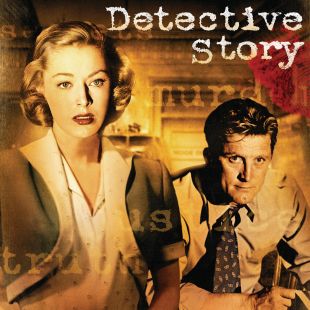
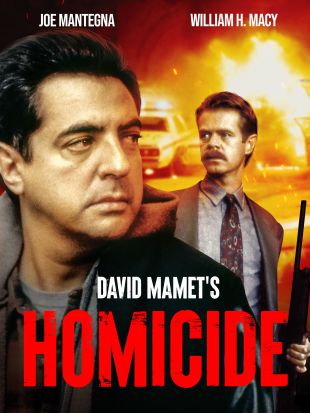
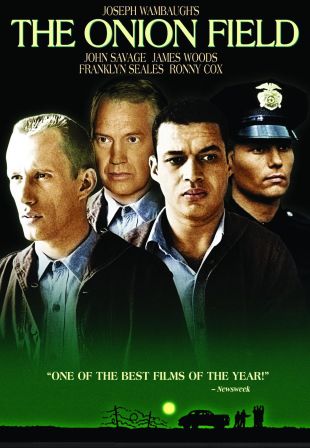
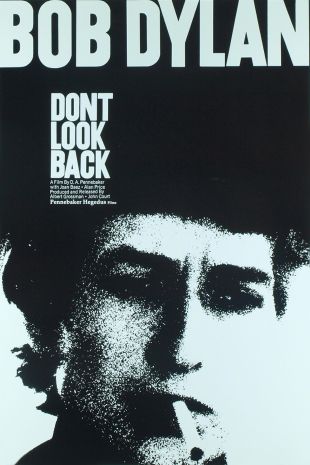
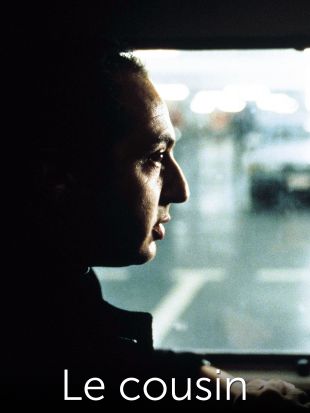
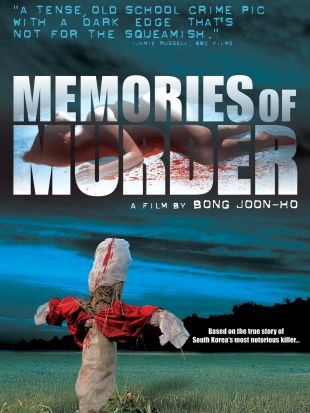
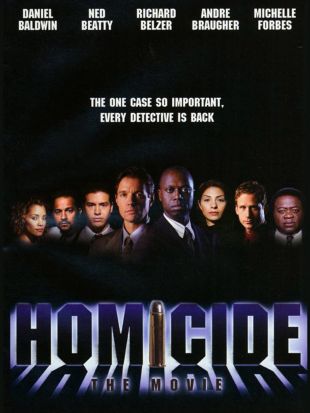

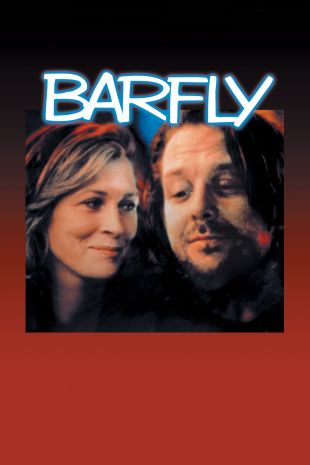
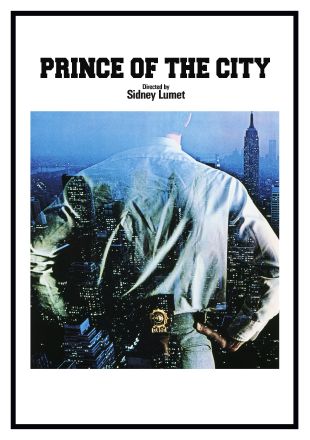
/_derived_jpg_q90_310x470_m0/Compulsion1959-PosterArt_CR.jpg)